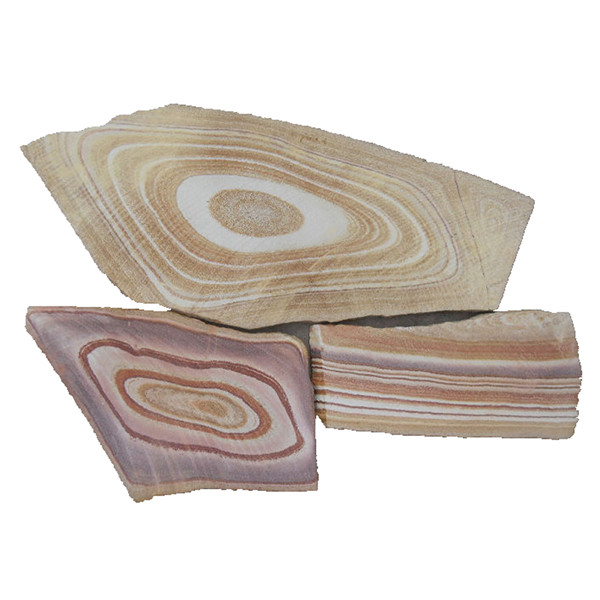Lightweight Cultured Stone A Versatile and Sustainable Building Material
Introduction
In the realm of construction and architecture, the choice of building materials plays a crucial role in determining the aesthetics, durability, and sustainability of a structure. One material that has gained popularity in recent years is lightweight cultured stone. This innovative building material offers a wide range of benefits, making it an attractive option for architects, designers, and builders alike.
In this article, we will explore the various aspects of lightweight cultured stone, including its composition, benefits, applications, and sustainability features. By the end of this comprehensive guide, you will have a thorough understanding of why lightweight cultured stone is becoming a preferred choice in the construction industry.
Composition of Lightweight Cultured Stone

Lightweight cultured stone, also known as manufactured stone veneer, is a versatile building material that replicates the appearance of natural stone. However, unlike natural stone, which is heavy and labor-intensive to install, lightweight cultured stone is designed to be lightweight and easy to work with.
The composition of lightweight cultured stone typically includes a blend of cement, aggregates, and pigments, which are molded and shaped to resemble various types of natural stone, such as limestone, granite, and slate. The manufacturing process involves casting the stone veneer in molds to create realistic textures and patterns, resulting in a high-quality finish that closely mimics the look of natural stone.
Benefits of Lightweight Cultured Stone
1. Lightweight and Easy to Install: One of the key advantages of lightweight cultured stone is its lightweight nature, which makes it easier to handle and install compared to traditional natural stone. Its reduced weight also allows for simpler transportation, reducing shipping costs and making it a more cost-effective option for construction projects.
2. Versatility in Design: Lightweight cultured stone comes in a wide variety of shapes, sizes, colors, and textures, giving architects and designers the flexibility to create custom designs and patterns for both interior and exterior applications. Whether used as an accent wall, fireplace surround, or exterior façade, lightweight cultured stone can enhance the visual appeal of any space.
3. Cost-Effective Alternative: In comparison to natural stone, lightweight cultured stone is a more affordable option, making it accessible to a wider range of budgets. mosaic tile for sale , reduced labor requirements, and minimal maintenance needs further contribute to the cost-effectiveness of this building material.
4. Durability and Longevity: Despite its lightweight nature, lightweight cultured stone is highly durable and weather-resistant, ensuring that it can withstand the elements and maintain its appearance over time. This longevity makes it a practical choice for both residential and commercial applications, providing a lasting investment for property owners.
5. Sustainable Material: Lightweight cultured stone is considered a sustainable building material due to its manufacturing process, which utilizes recycled materials and minimizes waste. Additionally, its lightweight properties result in lower energy consumption during transportation and installation, further reducing its environmental impact.
Applications of Lightweight Cultured Stone
1. Exterior Facades: Lightweight cultured stone is commonly used to enhance the exterior façades of buildings, adding texture and visual interest to architectural designs. Whether applied as a full cladding or as an accent feature, lightweight cultured stone can transform the look of a structure and create a distinctive aesthetic appeal.
2. Interior Walls: In interior applications, lightweight cultured stone can be used to create focal points such as feature walls, fireplace surrounds, and accent columns. Its versatility in design allows for endless possibilities in creating unique and customized spaces that reflect the style and personality of the occupants.
3. Landscaping and Hardscaping: Beyond traditional building applications, lightweight cultured stone is also utilized in landscaping and hardscaping projects to create decorative elements such as garden walls, retaining walls, and outdoor fire pits. Its ability to mimic the appearance of natural stone makes it a popular choice for adding a touch of elegance to outdoor spaces.
4. Commercial Developments: Lightweight cultured stone is increasingly being incorporated into commercial developments, including retail stores, restaurants, and office buildings, to enhance their visual appeal and create a welcoming atmosphere for customers and employees. Its cost-effectiveness and durability make it a practical choice for high-traffic areas that require a low-maintenance finish.
Sustainability Features of Lightweight Cultured Stone
1. Recycled Materials: The production of lightweight cultured stone involves the use of recycled materials, such as aggregates and pigments, which helps reduce the demand for new resources and minimizes waste. By incorporating recycled content into its composition, lightweight cultured stone contributes to a more sustainable construction industry.
2. Energy-Efficient Manufacturing: The manufacturing process of lightweight cultured stone is designed to be energy-efficient, utilizing modern technology and practices to reduce energy consumption and greenhouse gas emissions. This focus on sustainability ensures that the production of lightweight cultured stone has a minimal impact on the environment.
3. Reduced Transportation Costs: Due to its lightweight nature, lightweight cultured stone requires less energy for transportation compared to natural stone, resulting in lower fuel consumption and reduced carbon emissions. By optimizing transportation efficiency, lightweight cultured stone helps lower its overall environmental footprint.
4. Longevity and Low Maintenance: The durability and weather-resistant properties of lightweight cultured stone contribute to its longevity and low maintenance requirements, reducing the need for frequent repairs or replacement. This longevity ensures that lightweight cultured stone remains a sustainable building material that can withstand the test of time.
Conclusion
In conclusion, lightweight cultured stone is a versatile and sustainable building material that offers a wide range of benefits for architects, designers, builders, and property owners. Its lightweight nature, ease of installation, versatility in design, cost-effectiveness, and durability make it an attractive option for various construction applications, both residential and commercial.
As the construction industry continues to prioritize sustainability and environmental responsibility, lightweight cultured stone emerges as a sustainable alternative to traditional building materials, offering a balance of aesthetics, performance, and eco-friendliness. By incorporating lightweight cultured stone into construction projects, stakeholders can create beautiful and resilient structures that contribute to a more sustainable built environment for future generations.